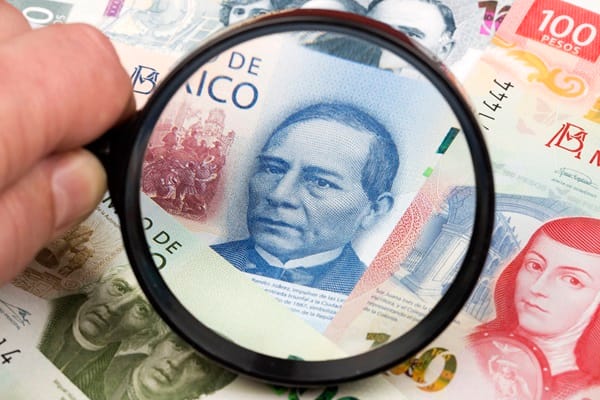The Mexican peso has resumed its decline against the U.S. dollarfollowing a brief period of rebound.
This downtrend is primarily driven by rising geopolitical tensions, which have heightened demand for safe-haven assets, and ongoing concerns over Mexico’s economic outlook.
Although retail sales in Mexico showed a slight 0.1% uptick month-on-month in September, indicating a modest improvement in domestic consumption, the labor market remains under strain, with sector employment falling by 0.4%, further exacerbating downward pressure on the peso.
On an annual basis, the economic situation appears more concerning. Retail sales have declined by 1.5% year-on-year, and employment fell by 0.8%, indicating potential weaknesses in key economic sectors. However, real wages have increased significantly, providing some positive momentum in terms of purchasing power. This mixed scenario points to a disconnect between improving wages and declining employment and sales, leaving the peso vulnerable to further depreciation.
Within the various sectors, there were some bright spots, including growth in online and catalog sales and the household equipment sector. In contrast, sectors such as personal goods, healthcare, and vehicles and fuels experienced notable declines, reflecting more cautious consumer sentiment.
The peso’s outlook remains bearish. While monthly improvements in sales and wages may offer temporary relief, persistent weakness in employment and annual sales raises concerns about Mexico’s economic stability. The market awaits key growth and inflation data due tomorrow. Any weaker-than-expected figures could further weigh on the peso.

